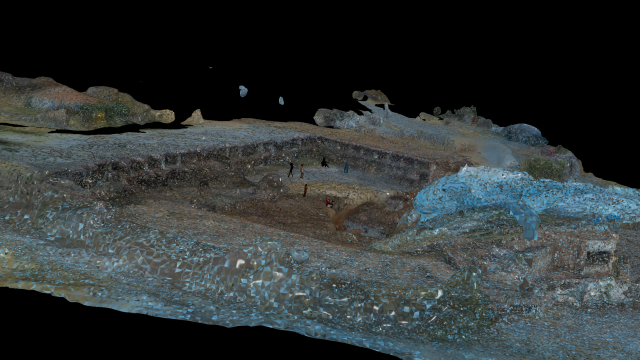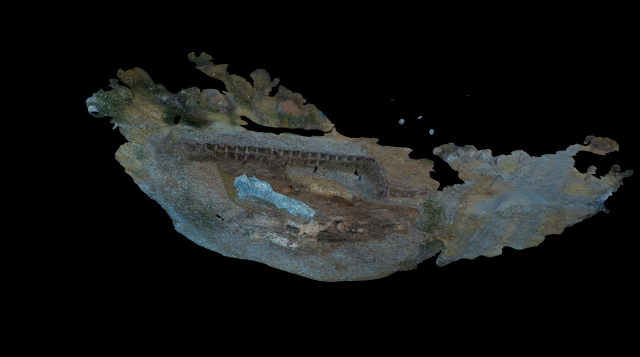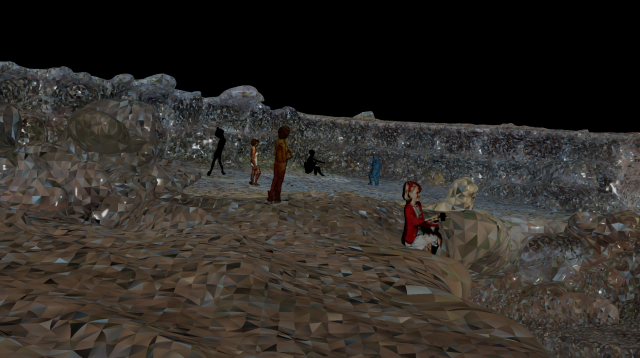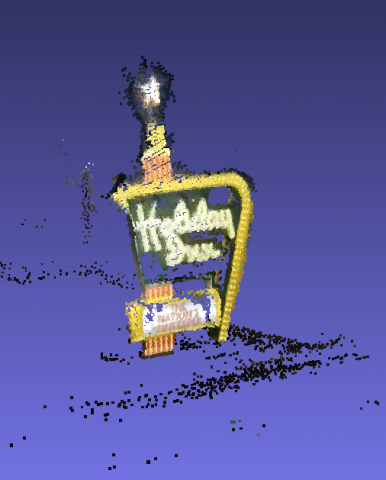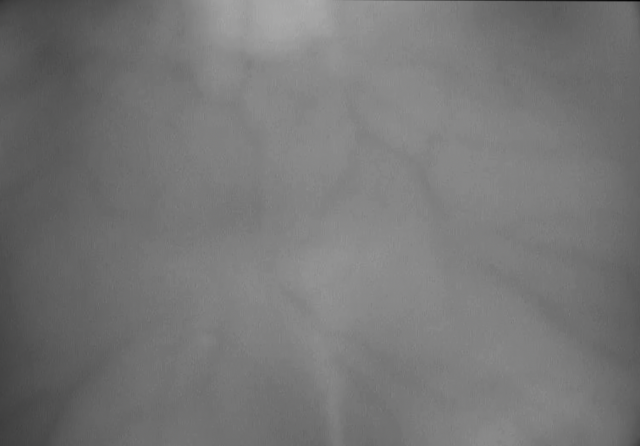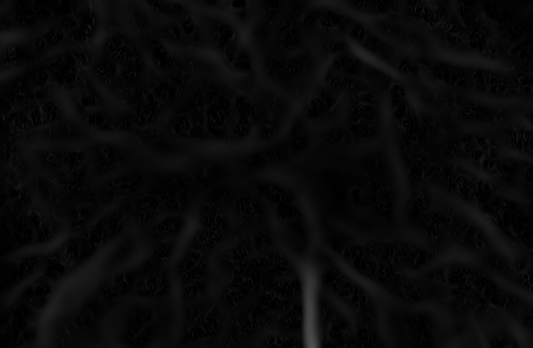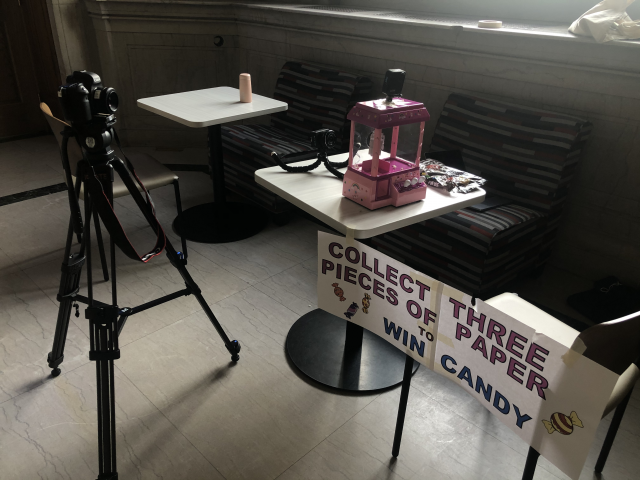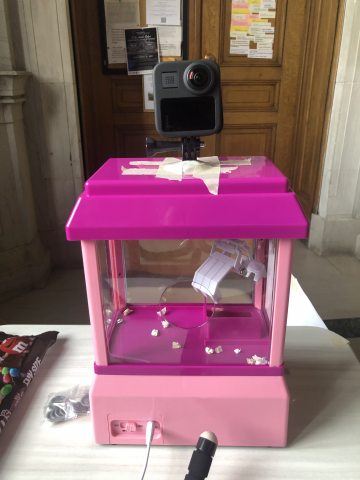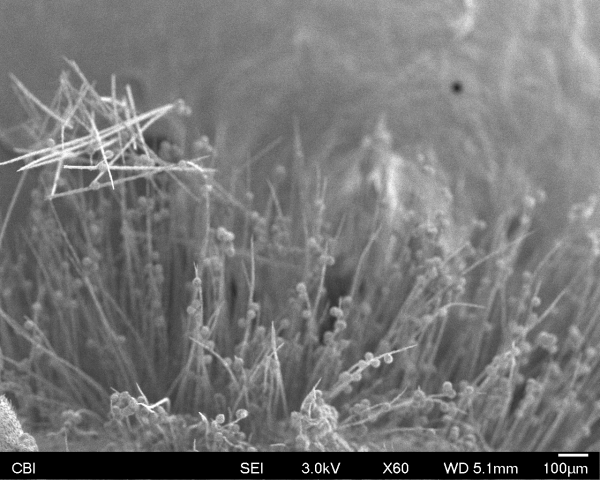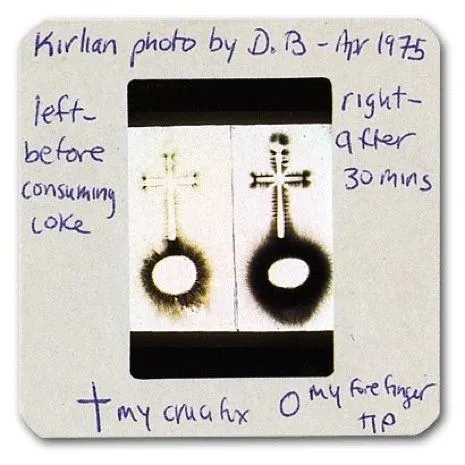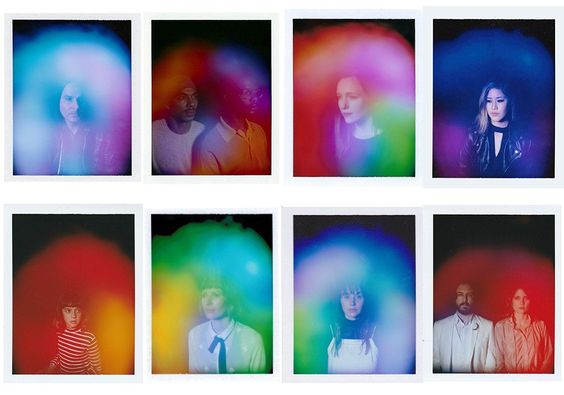For my final project, I really wanted to subvert the way that I think of history. The way I envision environments or events of the past is mostly through 2D planes – through flat photos and videos. I wanted to use this project as a tool to help me view older spaces in a more dynamic way. I was inspired by Claire Hentschker’s Merch Mulch piece. After viewing her work, I had taken an interest to photogrammetry through archived footage, however I also really wanted to see what an old space would look like if it still had people existing within it.
While searching through archives, I found a giant stash of vintage postcards by Holiday Inn – each with almost the exact same hotel layout, but all from different physical locations. I thought that it would be interesting to use the multiple angles these postcards provide to create one “general” 3D Holiday Inn through photogrammetry. However, all of the images were too low in quality and didn’t match up well enough to get a good scan.
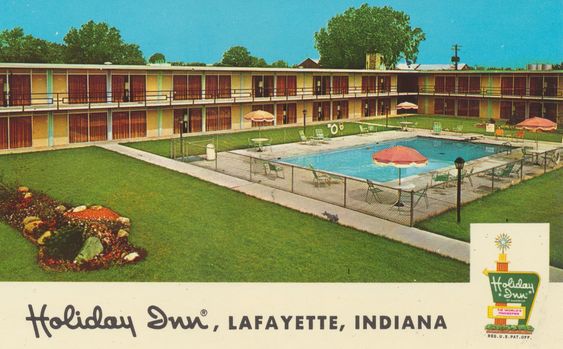 z
z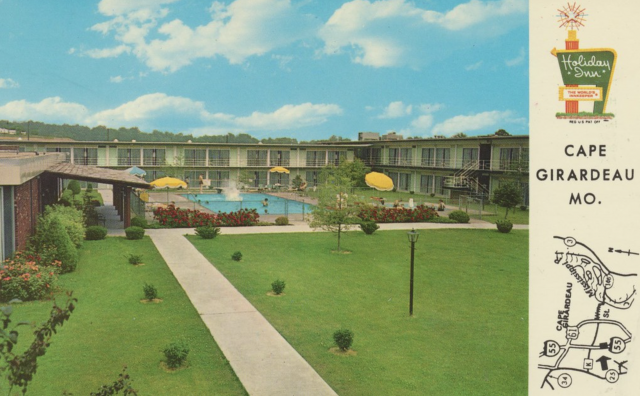
But I luckily just happened to stumble upon a video of someone flying a drone over an abandoned Holiday Inn. I decided that this footage – since it was much better quality than anything else I had gathered- would be the source I would use to recreate the inn.
Using ffmpeg, COLMAP, and Meshlab I was able to create an overall environment that resembles an older Holiday Inn (thankfully the loss of detail during the photogrammetry process smoothed over the modern-day, destruction as an added bonus). I was still very interested in not only making the space 3D, but the people as well. I was able to do this by taking people out of the postcards and extracting their form with PIFuHD. Because of the poor quality, some people came out unrecognizable, but I kept them in anyways.

Right now, the environment just exists as a space, but I hope that later I can somehow make it interactive (either the camera moves or the people within the space) and add more elements like old signage.
